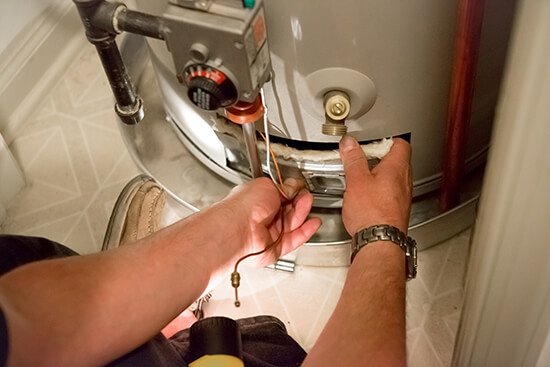
Most water heaters have a large, insulated tank to hold hot water and ensure that your home has plenty of hot water all the time. Naturally occurring water minerals, grit flushed from municipal lines, and sand accumulate over time and settle in the tank’s bottom. The sediment buildup in a water heater tank can potentially reduce the efficiency and capacity of the unit. Additionally, it can interfere with ongoing maintenance and plug the drain to cause early water heater failure. Therefore, it’s necessary to drain water heaters often to eliminate the sediments. Follow these simple steps to drain your water heater at home.
Conduct a Quick Flush
Connect a garden hose to the water heater’s drain valve and flush the water tank when the pressure is on before shutting off the water. Open the water valve for a few seconds before closing it. The water pressure is meant to blow out sediment build up in the valve and help drain the tank faster. You can repeat the step a few more times if you notice a bit of residue coming out of the valve.
Shut Off the Water Heater
The next step is to shut off the gas to the water heater or power if you have an electric heater. After that, shut off the water using the main water supply valve or the cold-water pipe above the unit. You can test the water faucets in your house by turning them on and checking for hot water to ensure that the pressure is off.
Open the Drain Valve
Attach the hose to the drain valve and open it. Ensure that you release the vacuum in the water heater tank for it to drain much sediment. Remove one end of your water heater pipe and pull it to the side to allow air to get into the tank and gush out water out of the drain.
Flush the Tank with Water
You can then flush the tank with a lot of water after it has been thoroughly drained. Ensure that the hot side water pipe is disconnected until you finish flushing. After that, reconnect the pipe and refill your water heater. You can then relight the unit by turning the power back.
Draining a water heater can be done in these simple steps. Talk to us if you encounter challenges draining your water heater. You can also come to us for heating and cooling replacements, new cooling and heating installations, heating and cooling repairs, and furnace maintenance. Are you struggling with an inefficient water heater in Roanoke? Look no further than Roanoke Mechanical Heating & Cooling to learn how to drain water heaters.
